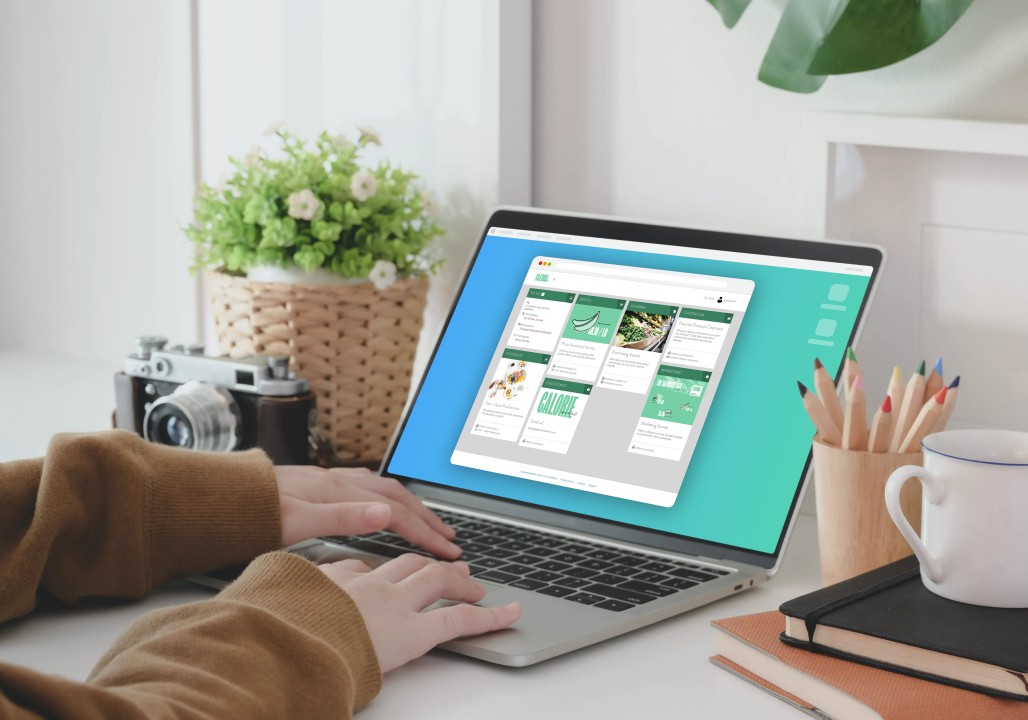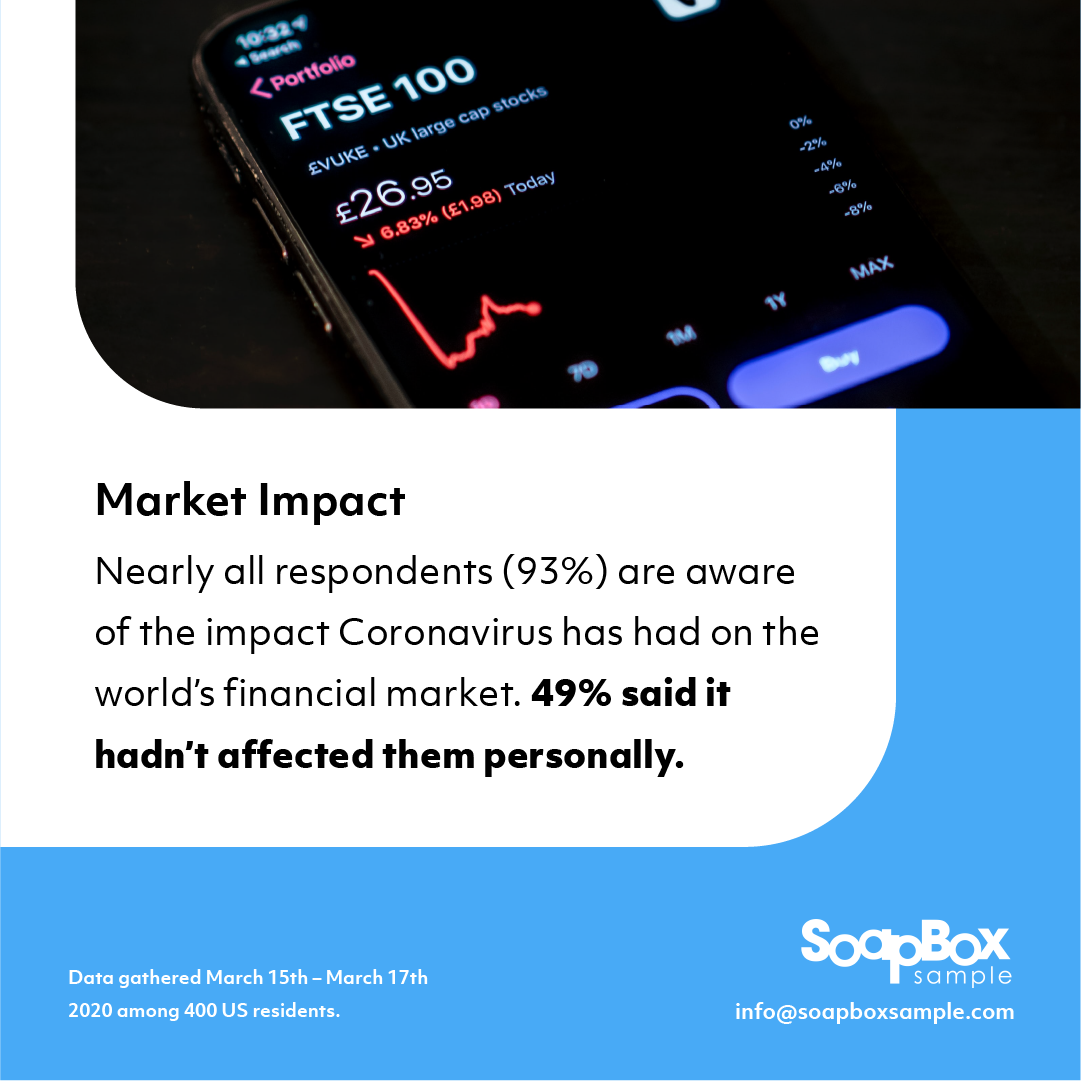LRW’s Access Division, SoapBoxSample will assist USC and Los Angeles County with antibody testing and behavioral surveys of LA residents to gain a deeper understanding of the impact of COVID-19
March 29, 2021, Los Angeles, CA — LRW, a Material company will join forces with the University of Southern California (USC) and the Los Angeles County Department of Public Health (LACDPH) to conduct the Los Angeles Pandemic Surveillance Cohort Study, which is designed to track changes in residents’ health and wellbeing as well as gauge behavioral effects of the pandemic within the region. The complex study of 3,000 county residents will involve multiple touch points – including COVID antibody testing and re-testing at timed intervals, along with surveys to measure residents’ behavioral patterns and test hypotheses significant to public health.
The collaborative project is an early initiative within the Population Health COVID-19 Pandemic Research Center (CPRC), part of the Keck School of Medicine of USC. It brings together multi-disciplinary thought leaders from medical, health and public policy fields of academic research, LA County medical and public health officials and experts in sampling strategies, analysis and research design from LRW’s Access Divison – SoapBoxSample. Principle investigators of the Los Angeles Pandemic Surveillance Cohort Study include Professor Howard Hu, MD MPH ScD, of the Keck School of Medicine at USC; Professor Neeraj Sood, PhD, of the Price School of Policy at USC; Rani Kotha, JD MPH, of the Price School of Policy at USC; Paul Simon, MD MPH, of the LACDPH, and Will Nichols, MD MPH, of the LACDPH.
“Our partnership with USC and LA County began last year, when SoapBox was brought on as a partner for the first COVID antibody research in LA County. We will continue to provide critical insights as we strive toward restoring normalcy in LA County,” said Jacqueline Rosales, President of LRW’s Access Division. It’s the most challenging yet rewarding work of my 25+ year career in the data insights industry. ISA has been headquartered in Los Angeles for nearly 40 years, and our deep roots in the community make us uniquely suited for this groundbreaking research engagement.”
SoapBoxSample will recruit a representative sample of 3,000 LA County residents, including 2,000 adults and 1,000 children. Participants will be recruited from neighborhoods with high, medium and low population densities. By including a diverse cross-section of the LA community that represents multiple age groups, socioeconomic strata, genders, and the racial and ethnic makeup of the county, this study aims to shed light on the potentially inequitable impact of the pandemic. The overall goal is to generate data on the “true” prevalence of COVID-19 infections, as well as it’s progression over a defined period of time.
Thus far, SoapBoxSample has assisted with COVID-19 antibody testing for over 5,000 California residents. County-wide testing programs in Los Angeles County, Orange County, Riverside County and Stanislaus County have leveraged SoapBoxSample to reach and test representative samples of their populations, empowering health officials to develop public health policies supported by critical data.
“Even as the vaccination campaign proceeds and continuing measures such as masking, social distancing and other guidelines are embraced, it is clear that this pandemic has a long way to go,” said Howard Hu, professor and the Flora L. Thornton Chair of the Department of Preventive Medicine at the Keck School of Medicine. “A rigorous understanding of the pandemic’s ongoing impact will be critical to devising the public health strategies to navigate this current situation and to allow us to return to some form of ‘normalcy’ as quickly and safely as possible.”






